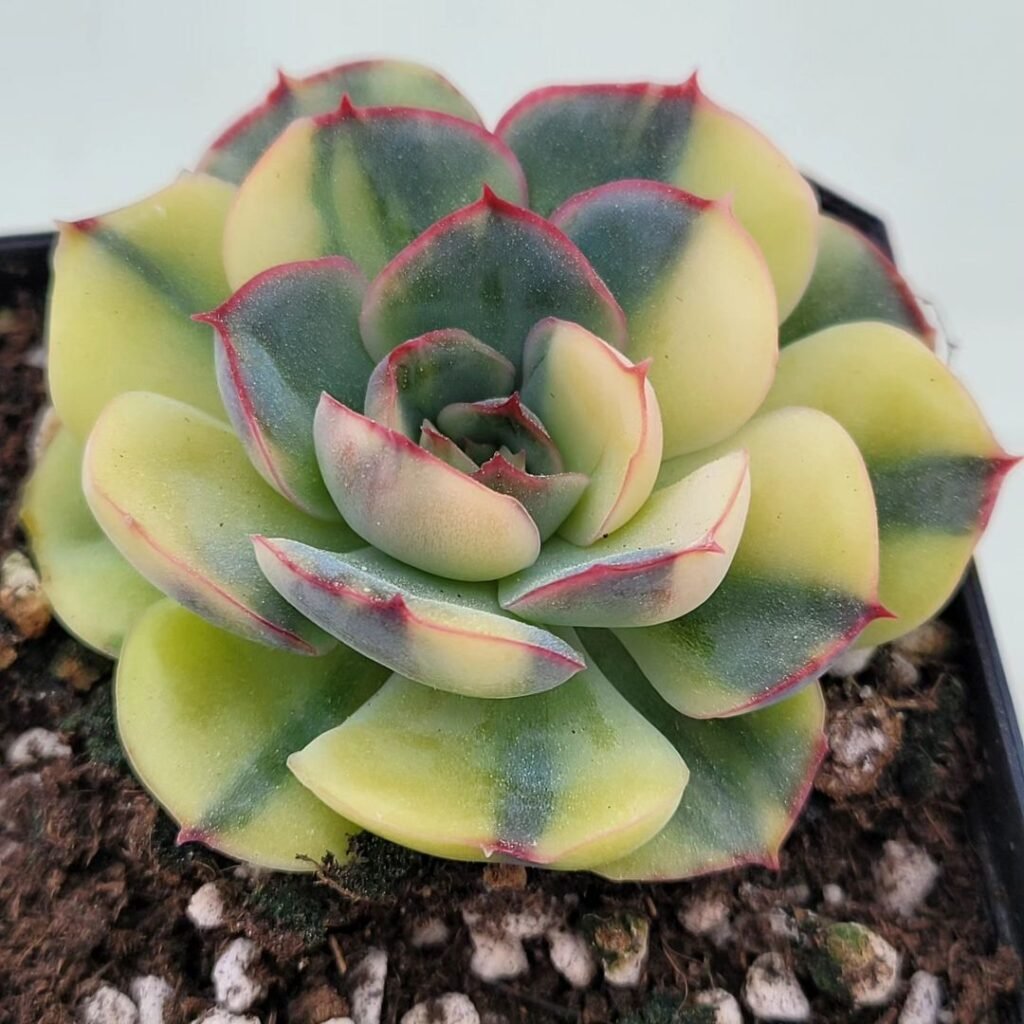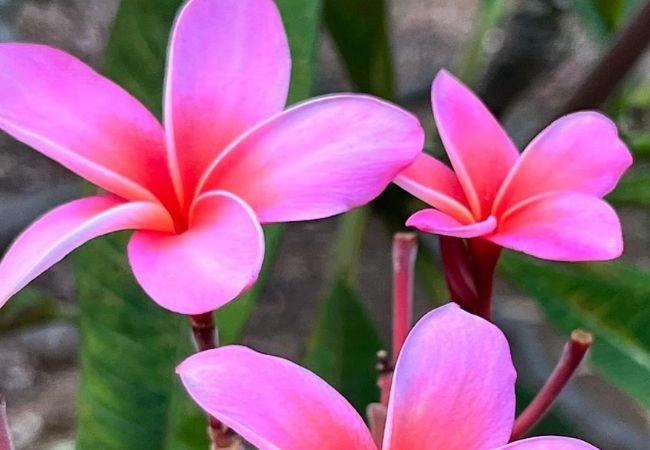Discover the vibrant beauty and resilience of Korean succulents. Learn about popular varieties, cultivation tips and essential care instructions to enhance your garden or indoor plant collection. Perfect for both novice and experienced gardeners!
Hey there, plant lovers! Today we’re diving into the world of Korean succulents. These little green gems are taking the plant world by storm and for good reason. They’re cute, tough and perfect for both newbie gardeners and green thumbs alike. So, grab your gardening gloves (or just a comfy seat) and let’s explore these awesome plants together!
Here’s a comprehensive and easy-to-read information chart for Korean succulents, which primarily includes species adapted to the Korean climate and commonly grown as succulents:
| Category | Details |
|---|---|
| Botanical Name | Sedum species (e.g., Sedum pachyphyllum, Sedum rubrotinctum) |
| Common Name | Korean Succulent, Jelly Bean Plant (specific to certain species) |
| Plant Type | Succulent |
| Hardiness Zone | Typically Zone 6-9 |
| Sun Exposure | Full sun to partial shade; prefers bright, indirect light |
| Soil Type | Well-draining soil, such as cactus or succulent mix; ideally sandy or gravelly |
| Watering | Allow soil to dry out between waterings; water thoroughly but infrequently |
| Growth Habit | Low-growing, rosette or spreading growth; can form dense mats |
| Height/Spread | Height: 3-6 inches (7.5-15 cm) / Spread: 6-12 inches (15-30 cm) |
| Special Features | Attractive fleshy leaves, often with unique colors or patterns; drought-tolerant; can be used as ground cover or in containers |
What’s the Big Deal About Korean Succulents?

First things first – you might be wondering, “What makes Korean succulents so special?” Well, let me tell you:
- They’re Tough Cookies Korean succulents are like the superheroes of the plant world. They can handle all sorts of weather and don’t need much water. Perfect for those of us who sometimes forget to water our plants (guilty as charged!).
- They’re Super Cute These plants come in all sorts of shapes, sizes and colors. Some look like tiny roses, others like little green pebbles. They’re basically nature’s version of collectible figurines!
- They’re Low Maintenance If you’re busy (or just a bit forgetful), Korean succulents are your new best friends. They don’t need much care to thrive.
- They’re Great for Small Spaces Living in a tiny apartment? No problem! These little guys don’t need much room and can brighten up even the smallest spaces.
Popular Korean Succulent Varieties
Now, let’s meet some of the stars of the Korean succulent world:
- Echeveria ‘Korean Fire’ This beauty looks like a rose made of leaves. It’s got gorgeous red edges that give it a fiery look. No wonder it’s called ‘Korean Fire’!
- Sedum Little Missy This cute little plant has tiny, round leaves that look like green and white polka dots. It’s perfect for hanging baskets or as a ground cover.
- Pachyphytum Oviferum ‘Moon Stone’ Also known as ‘Sugar Almond’, this succulent has chubby, oval-shaped leaves that look like, well, little moon stones!
- Sempervivum ‘Gold Nugget’ This one forms rosettes that change color with the seasons. In summer, it’s a bright lime green, but in winter, it turns a beautiful golden color.
- Crassula ‘Buddha’s Temple’ This unique succulent grows straight up, with leaves stacked on top of each other. It really does look like a tiny temple!
How to Care for Your Korean Succulents
Alright, now that you’re probably itching to get your hands on some of these cuties, let’s talk about how to keep them happy:
- Ligh : Korean succulents love light, but not too much direct sun. A bright spot near a window is perfect. If you’re growing them outdoors, morning sun and afternoon shade is ideal.
- Water: Here’s the golden rule: It’s better to underwater than overwater. Wait until the soil is completely dry before watering. In winter, you can water even less.
- Soil:These plants like well-draining soil. Mix regular potting soil with some sand or perlite to create the perfect blend.
- Temperature: Most Korean succulents can handle a bit of cold, but they’re happiest in temperatures between 60-80°F (15-27°C).
- Fertilizer: Feed your succulents with a balanced, water-soluble fertilizer about once a month during the growing season (spring and summer).
Common Problems and How to Fix Them
Even though Korean succulents are pretty tough, they can still run into some issues. Here are a few common problems and how to solve them:
- Stretching or Leaning If your plant is stretching or leaning towards the light, it probably needs more sun. Move it to a brighter spot.
- Leaves Falling Off This often means you’re overwatering. Cut back on watering and make sure your pot has good drainage.
- Brown or Black Spots This could be sunburn or fungal disease. Move the plant to a shadier spot and avoid getting water on the leaves.
- Pests Keep an eye out for mealybugs or spider mites. If you spot any, wipe the leaves with rubbing alcohol on a cotton swab.
Fun Ways to Display Your Korean Succulents
Now that you’re a Korean succulent expert, let’s talk about how to show off your new plant babies:
- Fairy Gardens Create a miniature landscape with your succulents. Add tiny houses, paths and figurines for a magical touch.
- Living Wall Mount your succulents on a frame to create a living piece of art for your wall.
- Terrariums Plant your succulents in a glass container for a low-maintenance, high-style look.
- Succulent Wreaths Arrange your plants in a circular form to make a beautiful, long-lasting wreath.
- Unusual Containers Get creative! Plant your succulents in old teacups, hollowed-out books or even in old shoes for a quirky display.
Wrapping It Up
So there you have it – your crash course in Korean succulents! These little plants are a great way to add some green to your life, whether you’re a seasoned plant parent or just starting out. They’re tough, they’re cute and they’re full of personality.
Remember, the key to success with Korean succulents is to give them plenty of light, not too much water and lots of love. Before you know it, you’ll have a thriving collection of these adorable plants.
Want to dive deeper into the world of succulents? Check out the University of California’s guide to succulents and other low-water plants. Happy planting, and may your thumb be ever green!
For more gardening tips and plant care guides, visit usagardenhub.com.






One comment on “Korean Succulents : A Comprehensive Guide”